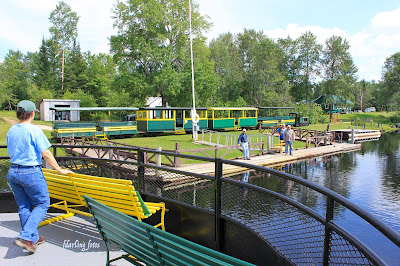 |
| Chihuly Glass Sculpture in Nature? |
If you and the children search Google images “Dale Chihuly glass” children will get inspiration for their own paper glass Macchia which means spotted in Italian. Thespotted glass they will make can be used for dishes or a candle holder with a little nonflammable light in the middle.
Paper Glass
To make the paper glass, cut around a coffee filter edge to make it scalloped or slightly uneven in no particular pattern.
 |
| Making Paper Glass |
Flatten out the filter and make a series rows of scribbles like short tightly closed tents with different colors. Children should make each color about half an inch wide before starting another color around the filter. They can also make different colored dots. Looking at the images of the Chilhuly glass will help get across the idea that one color is going to bleed into the other. Blue next to yellow will bleed into green. Red next
to blue will bleed into purple. If children want to stick to primary colors, leave a large space between them. Children can make each filter different or make a set that look the same.
 |
| Delicate and Translucent |
Once children have made jagged lines, spots, and blobs, drape the coffee filter over an upside down plastic cup or individual yogurt container. Place some newspapers under the containers. Apply spray starch to the filter until the marker colors blend and the coffee filter is completely wet. Allow the filters to dry and do not touch them.
Once dry they will be translucent and mimic the look of Chihuly glass. They will be as delicate as glass but will not break. If they are gifts, place them in a box with tissue paper tucked around them. They will keep their shape if not handled too roughly. There is also a short film on Vimeo at bit.ly/chihulyvideo.
Flower Bouquet
Coffee filters come in handy for a variety of children’s art projects. Sprayed with starch or not they can be painted with water colors and attached with pipe cleaners for a floral bouquet. They can be flattened and placed in a window to add a stained glass look to a child’s room.
Coffee filters come in handy for a variety of children’s art projects. Sprayed with starch or not they can be painted with water colors and attached with pipe cleaners for a floral bouquet. They can be flattened and placed in a window to add a stained glass look to a child’s room.
Photos: Fran Darling, fdarling fotos





